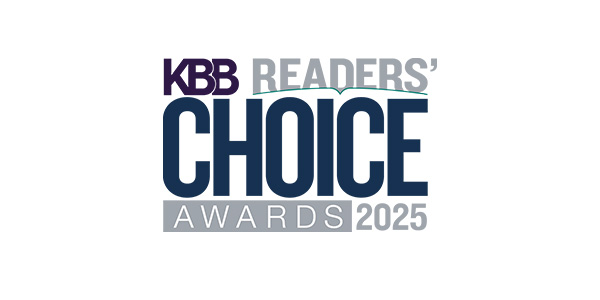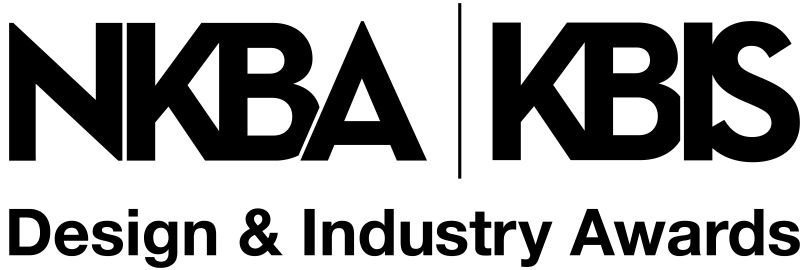“Alexa, turn the lights on” is becoming an increasingly familiar phrase in many American homes. Between lights, doorbells, refrigerators, and toasters, internet or Bluetooth-enabled technology continues to make a presence and impact in everyday American lives. Smart tech is more affordable and accessible than ever, but convenience and ease may come at a price when it comes to security and privacy.
Megan Martin, EVP of marketing at Mortgage Cadence, tells KBB, “Smart tech exists to make life easier and we’re seeing more of it in all parts of the home, including the kitchen. Our recent survey found half of Americans think kitchen smart tech makes it easier to cook meals and 36% think the devices help you eat healthier. While privacy concerns may linger, we found most Americans still opt for technology-driven devices when available, and they’re willing to invest an average of $2,400 on smart devices and appliances for the home.”
Mortgage Cadence surveyed over 900 Americans across the country to better understand their opinions on having smart tech devices in their homes.
Just how prevalent is smart technology in American homes? A whopping 94% of Americans have at least one smart device in their home right now, and one in five have over seven different smart devices.
The most common smart devices Americans have in their homes are smart TVs (69%), smart speakers (45%), lights (32%), doorbells (29%), and smart thermostats (25%). Three in five use a “hub” on their phone or tablet to control their home tech.
When it comes to a favorite voice assistant, the majority of Americans (55%) use Amazon’s Alexa. The next most popular assistant is Apple’s Siri, followed by Google Nest and Microsoft’s Cortana. More than one-quarter of Americans (27%) use a voice assistant to control their smart tech at home.
Buying a “smart” version of appliances or devices doesn’t come cheap. On average, Americans have spent $1,172 on smart tech, but they’re willing to spend an average of $2,475. The most desired smart tech devices are lights, followed by security cameras, smart thermostats, doorbells, and blinds.
Why invest in these modern devices? The top reasons include safety and security, the ability to control the home from afar, and the convenience that comes with smart tech.
Despite the convenience, these devices can malfunction like any piece of tech. In fact, 40% say they’ve contacted customer service about their devices at least once. Security cameras are the most common device that requires assistance from customer service, followed by smart TVs.
Although Americans want smart tech in their home for safety and security, having the devices is also cause for concern. Nearly three in four are concerned about their home devices eavesdropping on them. Americans are also concerned about privacy, security, data collection by companies, and hacking.
Which smart tech device are Americans most concerned about? 62% are concerned about their cameras being hacked, followed by Alexa assistants (34%), and locks (23%). Even though 45% feel safer because of their smart tech, 41% use their cameras to check on their home when no one is there.
For respondents with smart cameras and doorbells, some of the things they’ve captured on camera include burglary and packages being stolen outside their homes.
Despite the frustrations and concerns, 60% say smart tech has made a positive impact in their lives. In fact, two in five Americans would never go back to living in a home without smart tech present. When asked which devices they simply couldn’t live without, 27% say security cameras, 22% say smart TVs, 14% say doorbells, 13% say lights, and 12% say their sound system.
Survey respondents say smart tech makes tedious chores that little bit easier. 39% believe smart vacuums keep the home cleaner than human-handled ones, 50% think smart kitchen appliances make it easier to make meals, and 36% say they help you eat healthier.
Smart tech exists to make life easier, but three in four Americans think some devices are unnecessary. The most unnecessary smart appliances are toasters (59%), toilets (52%), grills (49%), refrigerators (34%), and workout equipment (25%).
Methodology
Conducted in May 2022, the survey included 909 Americans who have internet-enabled or Bluetooth home devices to get their feedback on smart technology in their homes. Respondents were 49% female, 49% male and 2% transgender/non-binary, with an age range of 18 to 80 and an average age of 39 years old. The types of homes survey respondents live in include single-family homes (69%), multi-family homes (2%), apartments (20%), townhomes (5%), condos (2%), and mobile homes (2%). The average household incomes of respondents include: under $20,000 (8%), $20,000 – $40,000 (18%), $40,001 – $60,000 (19%), $60,001 – $80,000 (15%), $80,001 – $100,000 (14%), and $100,001 or over (26%).








